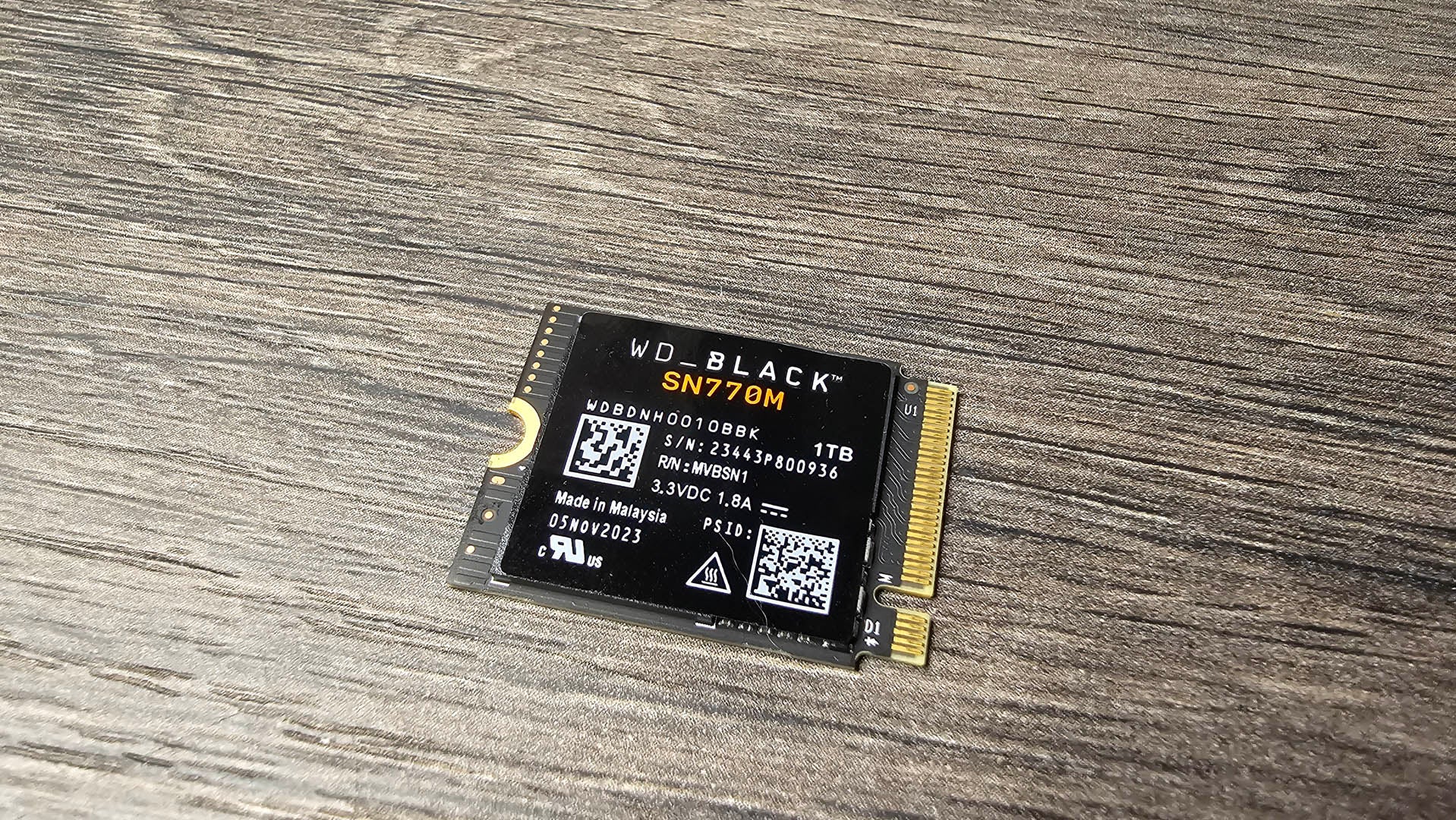Seagate FireCuda 540 Review
Pricey first gen PCIe 5.0 doesn’t quite keep up

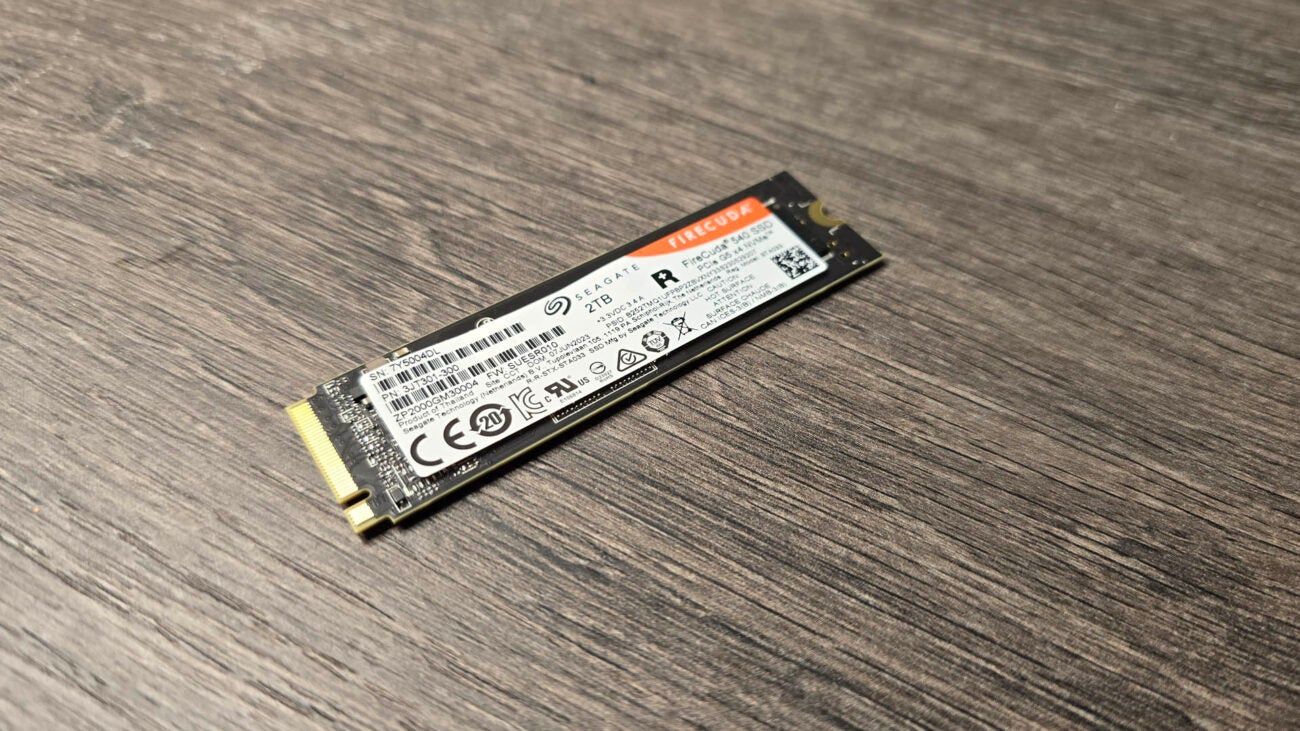
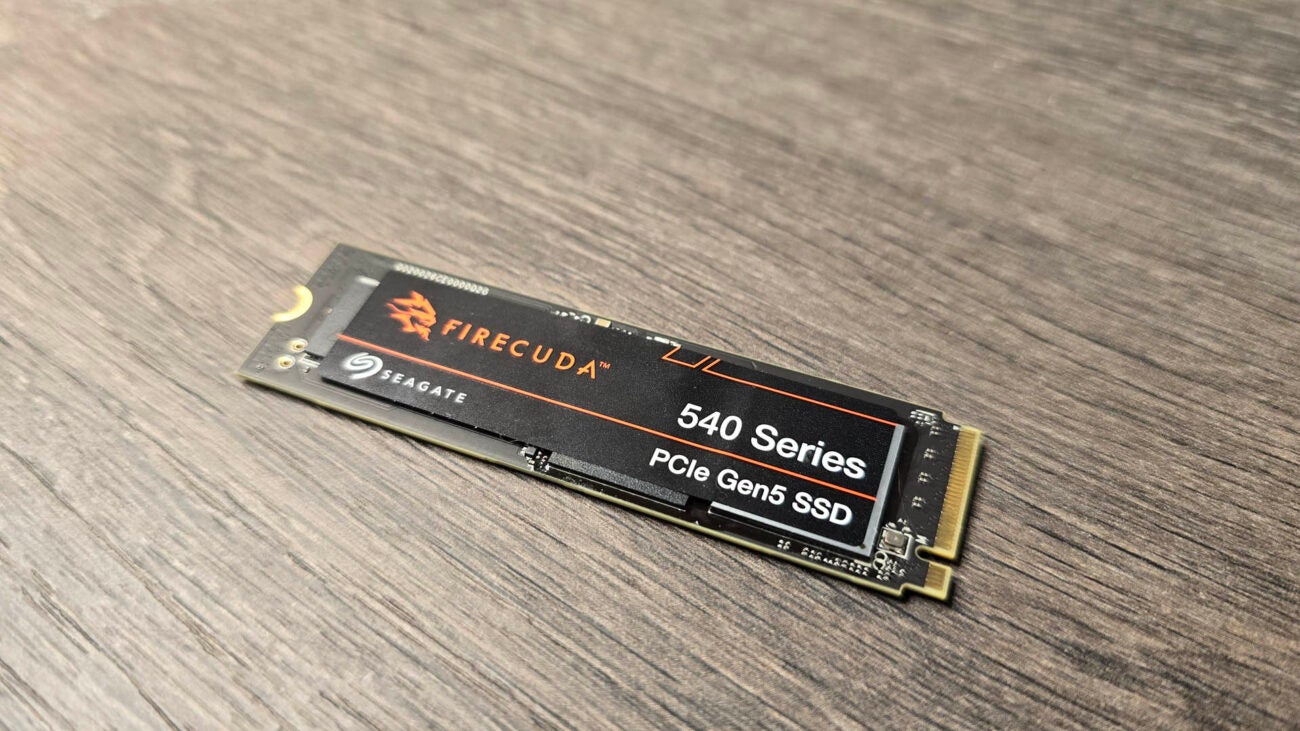
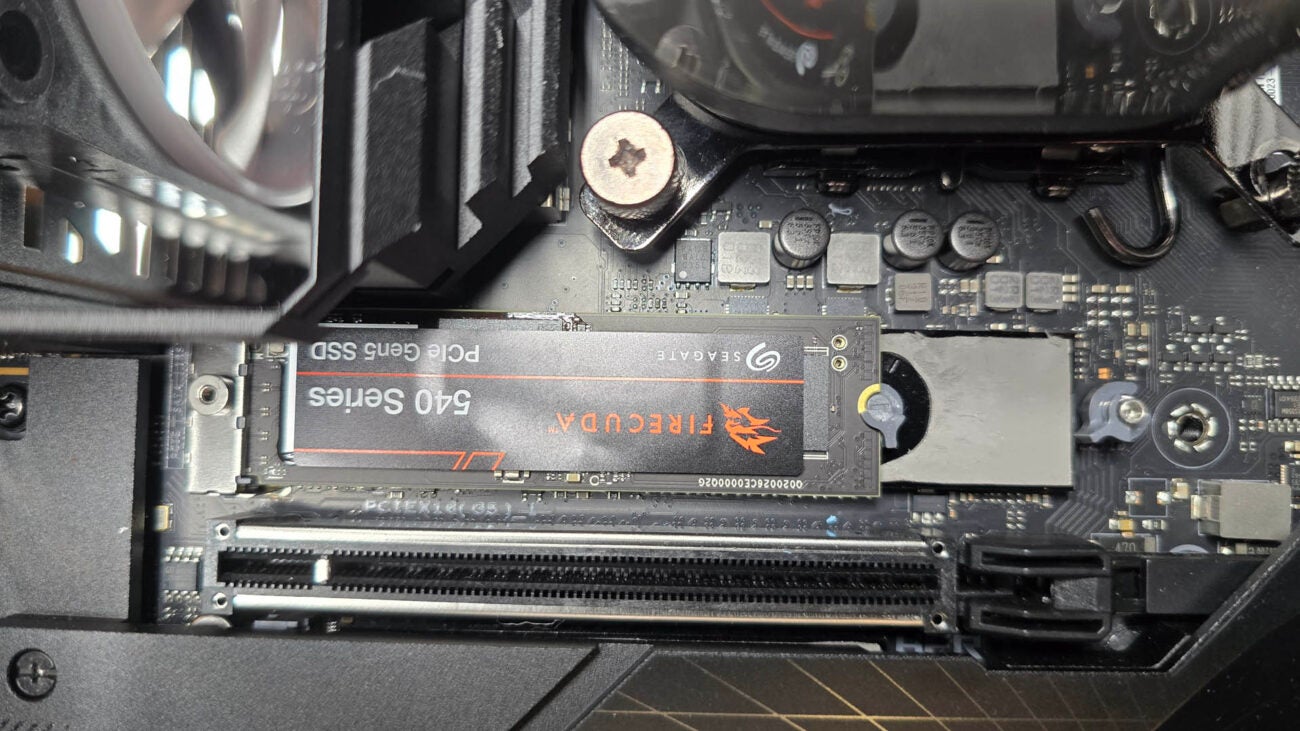

Verdict
The Seagate FireCuda 540 is a juggernaut of a PCIe 5.0 drive. As a first-generation Gen5 SSD it doesn’t quite have the punch that some of the later iterations have, yet still produces some exceptional performance figures where it matters most.
Pros
- Strong overall performance
- Best endurance rating by far
- Data Recovery Services provide peace of mind
Cons
- No heatsink variant available
- Sequential speeds are relatively slow
Key Features
- PCIe 5.0 StandardPCIe 5.0 platform give the SSD it a lot more bandwidth headroom for even faster sequential read and write speeds than its predecessors
- 232-Layer TLC NANDTakes advantage of Micron’s latest 232-layer TLC NAND flash memory storage. It’s super dense and has far faster I/O than the last gen 176-layer TLC NAND
- 2000 TBW Endurance RatingFeatures an incredible 2000 TB written endurance rating before failure, or a five-year warranty, making it one of the most reliable PCIe 5.0 drives out there.
Introduction
Seagate has long been a household name when it comes to the world of storage.
Although better known for its traditional spinning hard drives, and NAS solutions, it does have a fairly healthy SSD selection, and with the debut of the first PCIe 5.0 drives, the Seagate FireCuda 540 finally came to light.
With some impressive read and write speeds under load, along with exceptional in-game load performance and a 2000 TBW endurance rating, the Seagate FireCuda 540 ticks a lot of boxes. But can it compete in an increasingly dense market? Here’s my verdict.
Specs
- Takes advantage of Phison’s E26 controller
- 232-Layer TLC NAND from Micron
- No included heatsink as standard
At its core, the Seagate FireCuda 540 features a very similar hardware setup to that of the Gigabyte Aorus Gen5 12000, and the Crucial T700. In fact, most of the PCIe 5.0 drives are effectively kitted out in the same manner at this time.
It has 32-Layer TLC NAND flash memory from Micron, a small cache of LPDDR4 DRAM, all controlled via the Phison E26 controller and embedded in the M.2 2280 form factor.
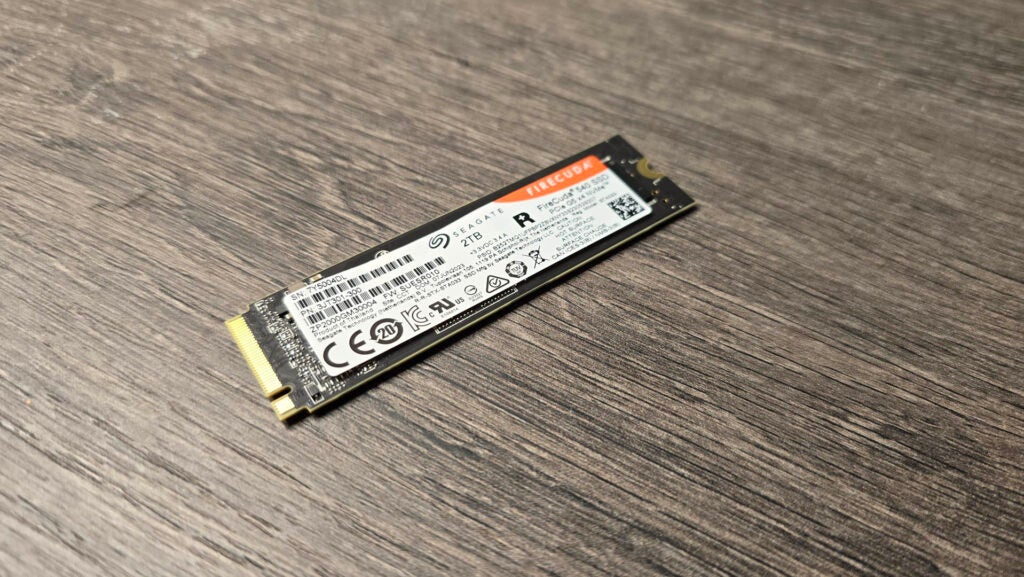
One thing that does differentiate it from its competitors, however, is a lack of a heatsink option. On the surface, that doesn’t sound great. But this is effectively a $270 drive, and if I’m honest, it does belong under a motherboard heatsink.
Still having the option to pick one up with an included heatsink would have been a nice touch. That’s actually quite surprising given that Seagate also has the FireCuda 530 SSD as well, a PCIe 4.0 solution specifically developed for use in the Playstation 5, with an integrated low-profile heatsink designed by renowned liquid-cooling manufacturer EKWB.
Cooling aside, the big advantage the FireCuda 540 has over its competition is in the endurance and warranty department. As standard, the SSD has an impressive 2000 TBW endurance rating before failure. For comparison, the Aorus Gen5 12000 and Corsair’s MP700 Pro only has a 1400 TBW rating, and Crucial’s T700 comes in at just 1200 TBW.
Seagate also includes access to its Rescue Data Recovery Services, so if your drive is ever damaged or loses data for any reason, its team of experts will attempt to recover the data for free, at least, for the first three years anyway. All of which is probably no surprise from a company that predominantly specialises in Network Attached Storage solutions and backup options these days.
Test Setup
Similarly to our other SSDs on test, I’ve put the Seagate FireCuda 540 to task, rigorously benchmarking it across all manner of real-world and synthetic situations, to really get to grips and figure out just how well it performs. I’ve also spent the last few weeks testing its competitor M.2 SSDs as well, to really get a good understanding of the surrounding market and just how it stacks up.
To do that, I’ve taken advantage of a consistent test-system, using one of the best PCIe 5.0 motherboards currently on the market today, alongside Intel’s latest Core i7-14700K processor, along with a ton of other hardware, you can find my test system below:
- CPU: Intel Core i7-14700K
- Motherboard: ASUS ROG Maximus Z790 Dark Hero
- GPU: Gigabyte GeForce RTX 4080 16GB Aero OC
- RAM: 32GB (2x16GB) Corsair Dominator Titanium DDR5 @ 7200
- Cooler: Corsair iCUE Link H150i LCD Liquid CPU Cooler
- PSU: 1200W Corsair RMx Shift 80+ Gold PSU
- Case: Hyte Y70 Touch
To get a good understanding of the synthetic side of things, I’m utilising Crystal Disk Mark version 8, in its default configuration and queue depths to get an understanding of those max sequential and random 4K speeds.
I’m also using Final Fantasy XIV’s benchmark, as it has a specific load-time parameter, based on the SSD it’s being run on, which should give us some fantastic insight into just how fast these drives can load games themselves. I’ve also ran two extended benchmarks in the form of PC Mark 10’s Quick System Drive, and Data Drive benchmark suites too.
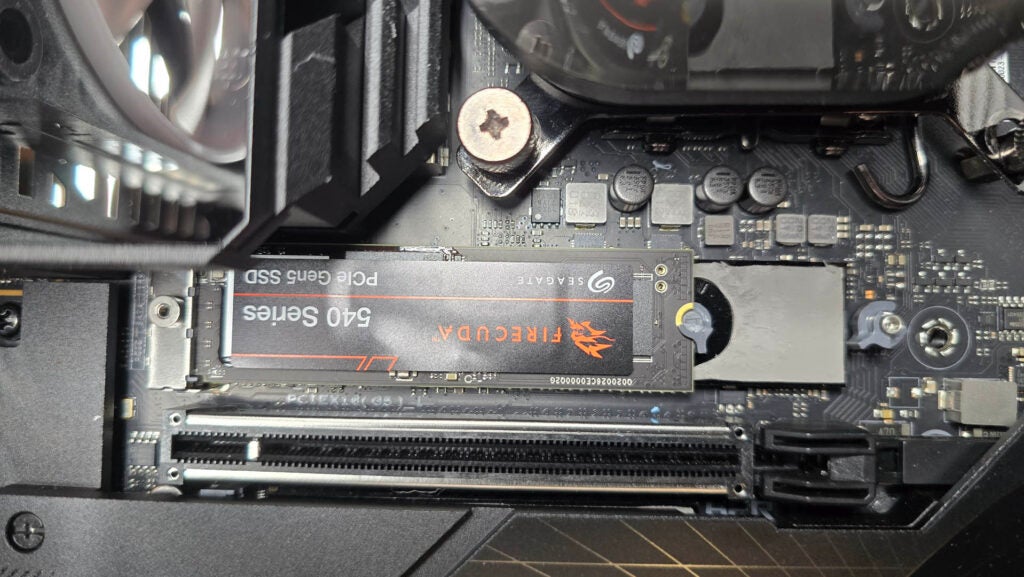
For the real-world testing, that’s all thanks to Red Dead Redemption II. Namely, I’m testing real-world copy speeds, by copying the entire game onto the SSD then duplicating it again, to really max out those Random 4K writes, to figure out which drive can happily copy 120GB of files fastest.
Lastly, I’m also using a few indices based on the price of the drive compared to the sequential and random 4K performance, and a Gigabyte per $ metric as well, to give us a better understanding of the value proposition each drive represents.
Performance
- Capable of 10GB/s sequential speeds
- Not the fastest PCIe 5.0 drive available
- Excellent random 4K speeds for superb gaming performance
Seagate reckons that, at full tilt, the 540 will easily crack 10GB/s on the sequentials, for both read and write, and I can happily report that is exactly the case.
Crystal Disk Mark reported 10,021 MB/s on the read and 10,179 on write. It’s not the fastest PCIe 5.0 drive out there, not by a long shot, and Seagate hasn’t released an updated variant of it compared to the likes of Gigabyte, Corsair, and Crucial either. Nonetheless, those speeds aren’t anything to sniff at.
Moving on to the random 4K speeds, however, and it’s another story entirely. Like-for-like the FireCuda 540 easily keeps up quite closely with both the Crucial T700 and the Aorus Gen5 12000, being only a few MB/s off both drives despite its advancing age.
That’s really important to note if you’re a gamer. Sequential speeds are fantastic if you’re transferring similar files back-to-back in quick succession, but if you’re trying to pull individual files from random locations, say, when loading a game, random 4K is more akin to that type of scenario, and the FireCuda certainly dominates in that domain.
You can see that extends out to our FFXIV benchmark as well, as it’s the fastest drive we have on test, beating Gigabyte, and Crucial to the punch with a staggering 7.04 load-time. In my real-world 120GB file copy transfer, however, it does fall slightly behind the other two drives, completing in 45.08 seconds, compared to the T700’s 43.38 and the Aorus Gen5 12000’s 37.40. In fact, it’s even slower than Crucial’s PCIe 4.0 T500, although that drive’s not exactly a slouch in this department either.
As far as pricing is concerned, it’s fairly decent right now, coming in at $269.99 its priced identically to Crucial’s own T700, and although the Aorus Gen5 12000 is technically available for less than that, at $239.99 for the 2TB variant, it’s hardly ever in stock because of it, giving the FireCuda 540 a slight edge.
Latest deals
Should you buy it?
If you want a solid, dependable PCIe 5.0 drive
Seagate’s FireCuda 540 may not be the fastest 5.0 drive in the market right now, but it makes up for that with an incredible endurance rating, and awesome data recovery features. In-game load times are the fastest we’ve seen, and its random 4K performance keeps it in contention with some of the best SSDs out there right now.
You really need more sequential speed at a lower price
If you live and breathe big data file transfers, and need the absolute cutting-edge sequential performance, you’ll likely be better suited with a faster PCIe 5.0 drive from the likes of Crucial or Gigabyte. The Seagate FireCuda 540, isn’t exactly the quickest SSD out there for that specific task.
Final Thoughts
The Seagate FireCuda 540 is an interesting SSD. On the one hand, it’s quite the slow (relatively) PCIe 5.0 SSD. 10 GB/s, although rapid compared to the wider PCIe market, is fairly sluggish compared to the modern alternatives such as the T705 from Crucial, Aorus Gen5 12000 from Gigabyte, or MP700 Pro from Corsair.
Yet, the FireCuda 540’s random 4K performance and real-world figures are nothing if not impressive. Combine that with decent availability, good pricing, and some seriously impressive included recovery services and endurance ratings and it makes for a tantalising offer. If only it came with a heatsink.
How we test
Each SSD we test utilises a mix of both synthetic and real-world benchmark tests. On top of that, we also use a number of price-to-performance metrics, and monitor temperature and power-draw to determine the long-term stability and cost-effectiveness of the drive.
Each SSD is installed in our dedicated test-bed and tested thoroughly
Throughout the testing process, power consumption and heat are monitored rigorously
FAQs
Yes, all PCIe 5.0 drives are backwards compatible in any M.2 PCIe slot. You will get reduced bandwidth and speeds however.
As standard no. We highly recommend you install it underneath your motherboard’s M.2 heatsinks or buy a third party solution instead.

